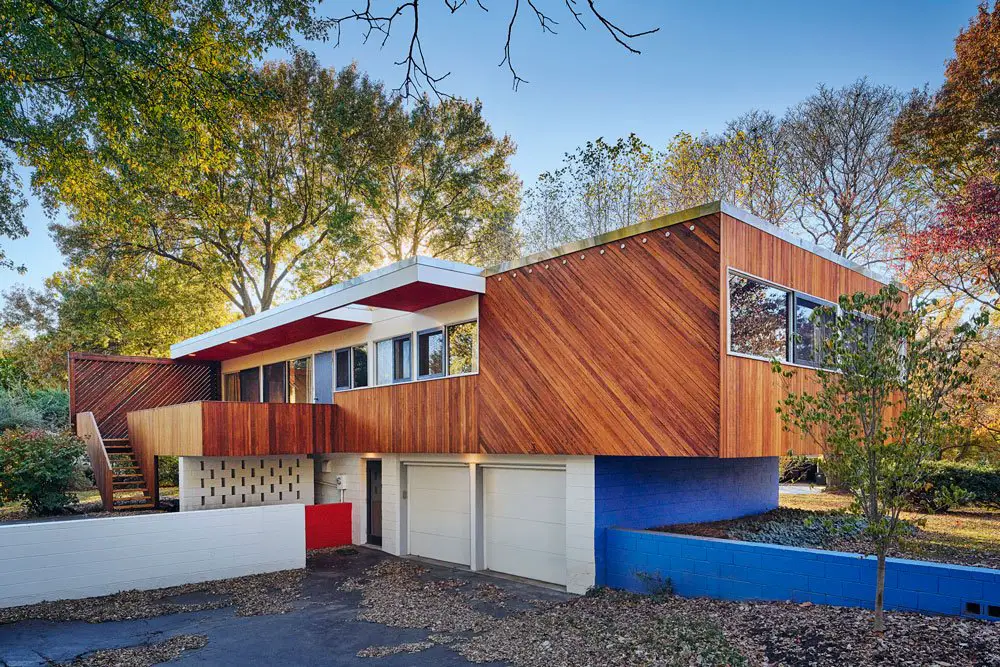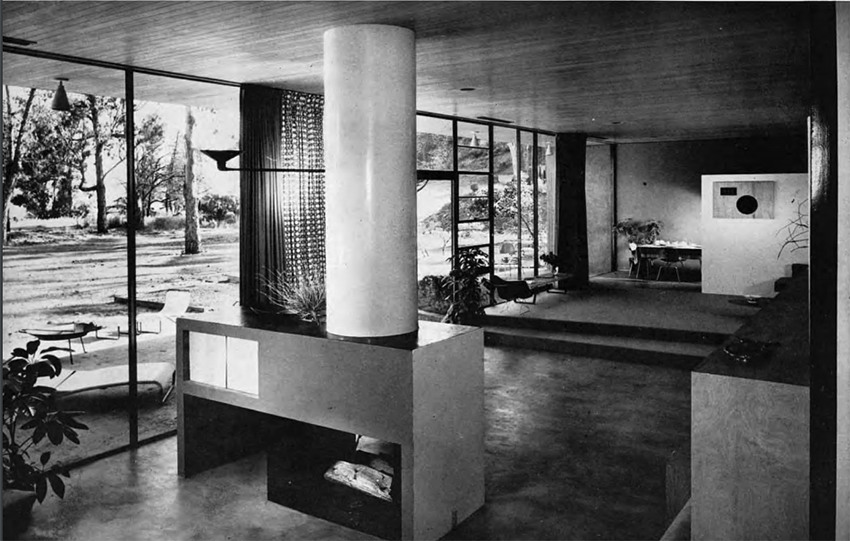In the late 80s, I could have gotten a Snell Type E or J after unloading my Magnepan SMGas. But I loved the sound of EMI and Decca recordings, for which I give credit to BBC-trained sound engineers, so I invested in a pair of Quad ESL57s and Rogers LS3/5As instead. I was such an Anglophile that I even became a partner in a company that imported Art Audio Amplifiers and Spendor Speakers to the Philippines. Unfortunately, we didn't make money...but that's another story.🤣
During a moment of nostalgia, I chanced upon this pair of Snell JIIIs online. I messaged the seller expressing interest. After two weeks of silence, I made a polite follow-up and was surprised to receive a reply that they were still available. According to the seller, he's had several offers from tire-kicking flippers but he chose to sell to me because I sounded like an enthusiast who'd give them a good home.😄
Typical of speakers from this era, the foam surrounds have disintegrated. Other than that, this is a very clean pair with consecutive serial numbers just like when they were sold in high-end audio salons in the late 80s to early 90s.
While waiting for the replacement foam surrounds, I thoroughly cleaned all vestiges of old foam from the cone and speaker frame. This was the most tedious and time consuming step in the re-foaming process but essential for a successful result!
Meanwhile, I also took advantage of the down time to analyze what makes this speaker system tick.
Deconstruction
Peter Snell was a very gifted speaker designer. Due to his untimely
demise at age 38 in 1984, speaker models that were manufactured during his lifetime have developed a following. Peter Qvortrop of Audio Note UK was a big fan of the 2-way Type E, J and K models and continues their legacy in the Audio Note E, J and K using custom drivers and boutique parts.
The Snell E and J had front mounted reflex ports while the K was a sealed box/acoustic suspension design, which employed a different woofer. A rear firing 3/4" dome tweeter was added to the EII model, while the reflex port was moved to the back of the cabinet in both the EII and JII.
 |
| Vifa D26TG-05-006 |
The EIII, JIII and KII designation denotes the switch from a Tonegen 1" doped silk dome tweeter to the Vifa D26TG-05-006 6 ohm 1" dome pictured above. A tweeter level control was also added on all models.
Even if the JIII was manufactured posthumously, it retains the cabinet dimensions and proportions of the original model. After many years of experimenting with open baffles, Altec 614 and 618 and cabinets, I'm a firm believer in the acoustic superiority of Rubenesque front baffles over Victoria's Secret slim waifs.😆
Was the use of plywood (top, bottom and sides) + chipboard (front baffle and back panel) chosen for acoustic reasons? Regardless, the cabinet is of pretty high quality construction with particular attention placed on rigidity - see the brace from the front baffle to the back panel in the picture below.
Good quality air core inductors, electrolytic and film capacitors or a combination of both + an L-pad for tweeter level adjustment were used in the crossover network.
The high-pass is a straightforward 12 dB/octave 2nd order slope hinged at 2.7kHz, as previously mentioned. On the other unit, there was an additional electrolytic cap in the high-pass section with a higher total capacitance reading. This confirms Snell's claim of matching their units to within +/- 0.2dB based on a reference model in their factory.
Likewise, the low-pass section is also a 2nd order slope + an EQ/contour network for the Vifa woofer (see the LCR combo highlighted in red above). Explaining how this EQ works is beyond my technical ability. My empirical mind just knows that it "shapes" the woofer's frequency response. A similar, albeit more complex, crossover + EQ can be found in the
BBC LS3/5A.
Since all the capacitors measured close to their indicated values, there was no rationale to change or upgrade. Besides, I want to hear these speakers as close to how they were originally designed.
 |
| Vifa 8" M21WN-07-04 |
AFAIK, the Vifa 8" M21WN-07-04 was the only woofer used in the J, JII and JIII. Based on the 49Hz-20kHz +/- frequency response specified in the JIII brochure, and cross-referenced to my Musical Instrument Frequency Chart, this drive unit/cabinet combo was tasked to cover six and a half octaves of musical information starting from the bass frequencies up to midrange fundamentals.
Re-Foam
After judiciously sifting through audio sites on the net, I chose the $25/pr. foam surrounds from Simply Speakers because they were recommended by audio hobbyists who exhibited good ears and common sense. Check their re-foaming video for a straightforward and confidence-inspiring tutorial.
The Vifa M21 voice coil is essentially self-centering. So don't even consider cutting or removing the dust-cap to shim the voice coil. It'll be ruined because the cone + dust cap is one whole piece.
Not bad for a first attempt in replacing foam surrounds, huh? 😉
Since time immemorial, I've been evaluating drivers bare naked (or mounted in a simple baffle) to hear their potential. After 25 years of enjoying Altecs, these drivers sound very different...🤔
I have to live with this speaker system for a while and play lots of tunes 🎻♫🎶♬🎺and will report back in Part 2!😊
























































